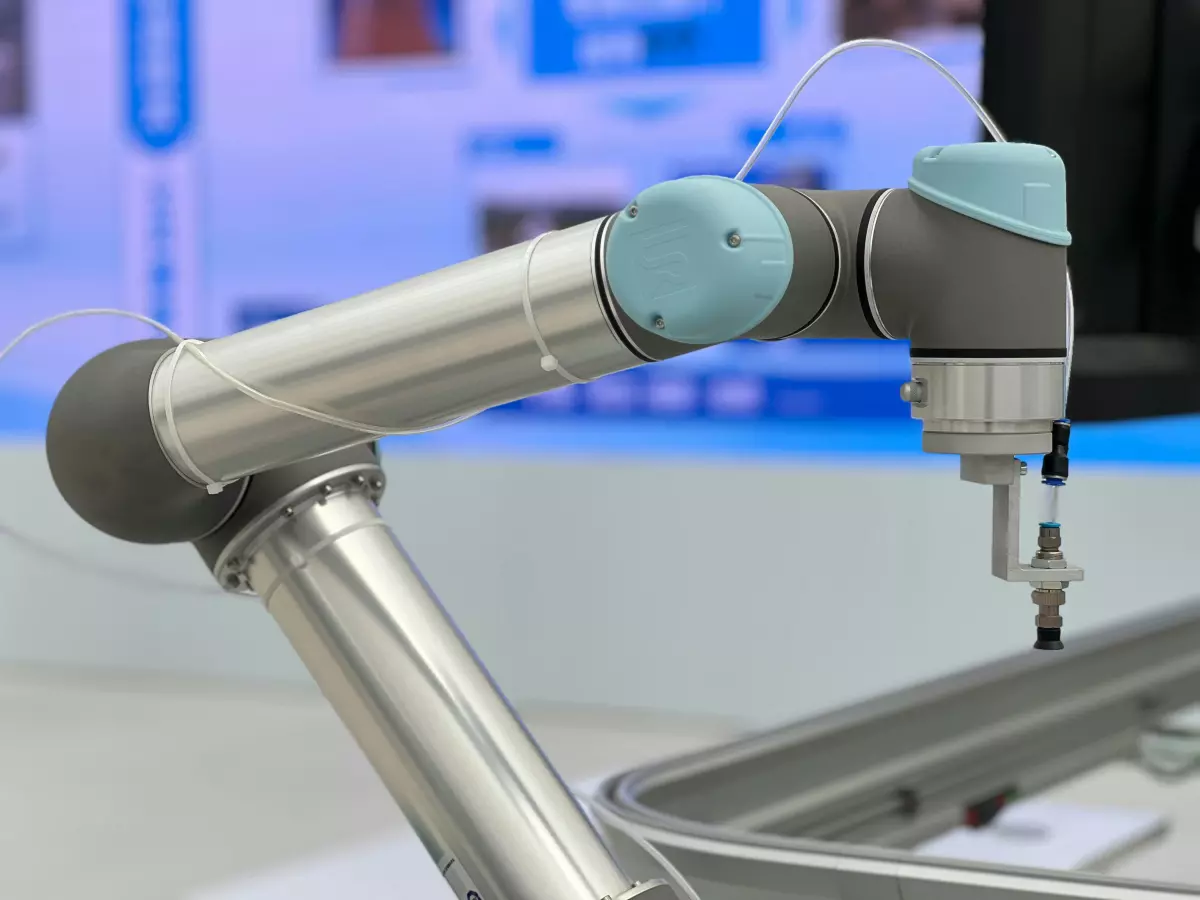Walking the Walk
Did you know that the average human takes about 5,000 to 7,000 steps a day? Now, imagine teaching a robot to do the same—without face-planting every few steps.

By Alex Rivera
Picture this: a humanoid robot, sleek and shiny, standing at the edge of a bustling city street. The wind blows a little, and it adjusts its stance ever so slightly. Then, with a subtle shift in weight, it takes its first step. The foot lands perfectly, heel first, then rolls to the ball of the foot, just like a human. It’s not just walking; it’s walking like us. But how does a machine, made of metal and wires, pull off something as complex as walking?
Walking is one of those things we humans take for granted. We’ve been doing it since we were toddlers, and by now, it’s second nature. But for humanoid robots, walking is a whole different ball game. It’s not just about moving one foot in front of the other. It’s about balance, coordination, and timing. And trust me, getting a robot to walk smoothly is no easy feat.
The Anatomy of a Step
Let’s break it down. When you walk, your brain is constantly sending signals to your muscles, telling them when to contract and relax. Your feet and legs are packed with sensors that provide feedback on your position, balance, and the surface you’re walking on. Now, humanoid robots don’t have muscles or nerves, but they do have something just as powerful: sensors and algorithms.
Humanoid robots are equipped with a variety of sensors—gyroscopes, accelerometers, and force sensors, to name a few. These sensors work together to provide real-time data on the robot’s position, orientation, and the forces acting on its body. This data is then fed into complex motion control algorithms that calculate the precise movements needed to maintain balance and take a step.
But here’s the kicker: walking isn’t just about balance. It’s also about efficiency. Humans have evolved to walk in a way that conserves energy. Our bodies naturally minimize the amount of effort needed to stay upright and move forward. Humanoid robots, on the other hand, have to be programmed to do this. Engineers use something called dynamic walking algorithms to help robots achieve a smooth, energy-efficient gait. These algorithms allow the robot to adjust its movements in real-time, just like a human would when walking on uneven terrain or when the wind picks up.
Why Walking is So Hard for Robots
Here’s where things get tricky. Unlike humans, who have flexible joints and muscles that can adapt to different surfaces and conditions, robots are made of rigid materials. This means they have to rely on precise calculations to maintain balance and avoid falling over. And let’s not forget about the challenge of dealing with external forces, like wind or a sudden push from behind.
To overcome these challenges, humanoid robots use something called zero moment point (ZMP) control. The ZMP is the point where the total of all the forces acting on the robot’s body is zero. In other words, it’s the point where the robot is perfectly balanced. By constantly adjusting its movements to keep the ZMP within a certain range, the robot can maintain its balance and avoid tipping over.
But here’s the ironic part: while robots are designed to mimic human movement, they often have to walk in ways that are very different from how we walk. For example, many humanoid robots use a technique called stiff-legged walking, where the knees remain relatively straight throughout the step. This might look a bit awkward, but it helps the robot maintain stability and reduces the risk of falling.
From Stiff-Legged to Smooth Strides
So, how do engineers get from stiff-legged walking to a more natural, human-like gait? The answer lies in compliant control. This approach allows the robot’s joints to be more flexible, mimicking the way human muscles and tendons work. By allowing for a bit of give and take in the joints, engineers can create a walking motion that’s smoother and more fluid.
Another key innovation is the use of predictive control algorithms. These algorithms allow the robot to anticipate changes in its environment and adjust its movements accordingly. For example, if the robot detects that it’s about to step on a slippery surface, it can adjust its gait to prevent slipping. This kind of adaptability is crucial for robots that need to navigate complex, real-world environments.
The Future of Robot Walking
So, what’s next for humanoid robots and their walking abilities? Well, researchers are constantly working on improving the efficiency and adaptability of robot gait. One area of focus is energy-efficient walking. Just like humans, robots need to conserve energy, especially if they’re going to be walking for long periods of time. Engineers are exploring ways to make robots more energy-efficient by optimizing their gait and reducing the amount of power needed to move.
Another exciting development is the integration of machine learning into robot walking algorithms. By using data from previous walking experiences, robots can learn to improve their gait over time, becoming more efficient and adaptable with each step.
At the end of the day, getting a robot to walk like a human is no easy task. It requires a delicate balance of sensors, algorithms, and mechanical design. But with each new step forward (pun intended), humanoid robots are getting closer to mastering the art of walking.





